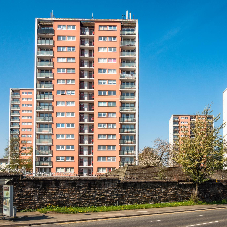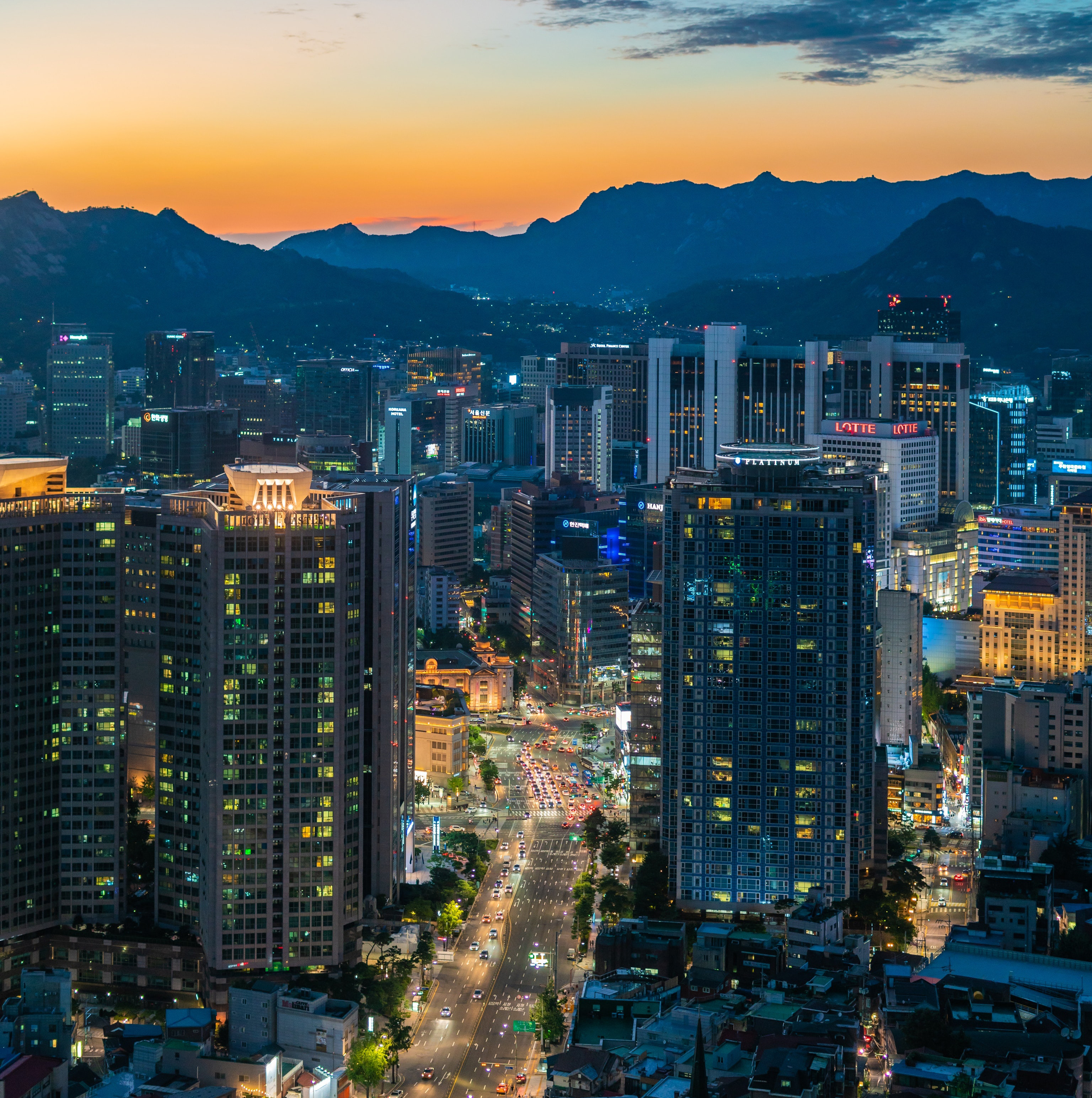What if glass windows could produce enough electricity to power the energy needs of an entire building? This would solve a lot problems and present big opportunities for a cleaner and more sustainable future surely? This is precisely the goal of photovoltaic glass. Photovoltaic glass (PV glass) is a technology that enables the conversion of light into electricity. This concept obviously brings with it many benefits, and is one of the latest in a long line of innovative ideas to help create a more sustainable environment.
So how does the glass convert light into electricity? Well to delve into the technicalities of this, the glass incorporates transparent semiconductor-based photovoltaic cells, which are also known as solar cells. The cells are sandwiched between two sheets of glass. Photovoltaic glass is not perfectly transparent but allows some of the available light through. Consequently, buildings that use a large amount of photovoltaic glass can produce their own electricity through the windows.
Traditional solar panels are often large pretty standard glass plates. Therefore, there was a dilemma between letting daylight in and placing panels to generate electricity. As a result of this Solar panels were often limited to rooftops, either installed onto them or directly integrated with the roofline. However by utilising the area of transformation of light into electricity into the window frame, the energy efficiency of the glass is consequently improved and the power loss related to the transparency of the material is minimal.
The potential benefits of using PV glass are huge. The PV power generated is considered green or clean electricity because its source is renewable and it does not cause pollution. When you take into account the energy cost savings, reduction in carbon footprint and the massive contribution towards sustainability, it is certainly a very attractive proposition. You may think the downside for this may the cost of installing it. However, its cost is only marginal over traditional glass, since construction and framework costs remain, while cladding and shading system costs are replaced.
The future certainly looks bright for photovoltaic glass. Massive international companies such as Apple and Coca-Cola have committed to using PV glass for its flagships and bottling sites respectively. Sports stadiums, Airports and Universities are expected to follow suit to reduce their energy consumption. Photovoltaic glass is here to stay and is certainly something that should not be glazed over.
Have you used PV glazing on a project? Join in the discussion on our LinkedIn page.
Related Blog Articles



crop192.png)












